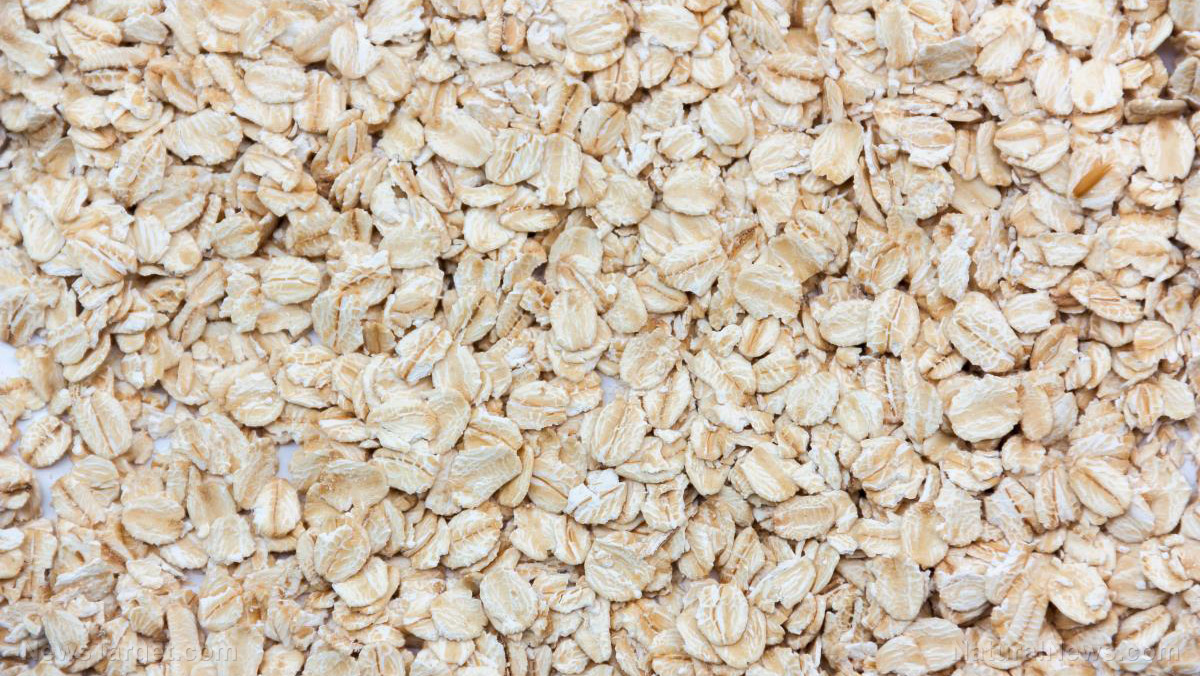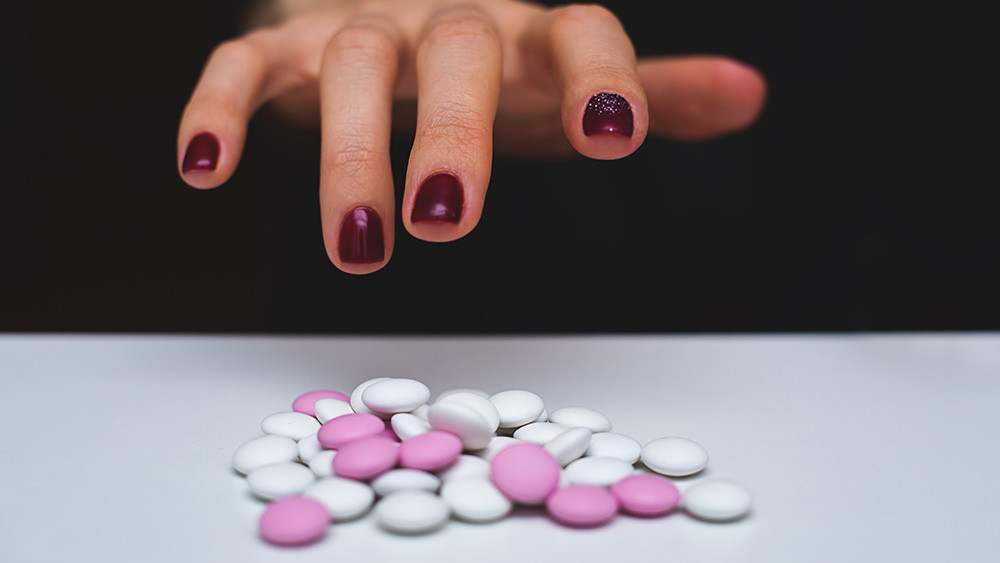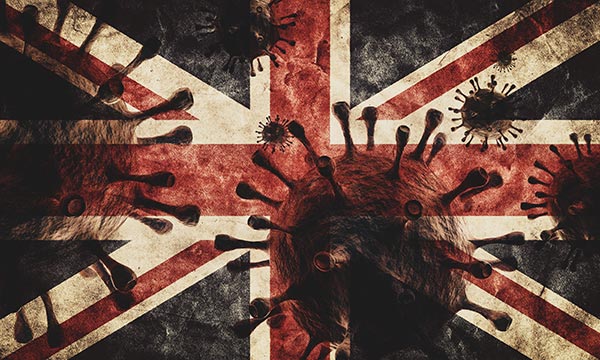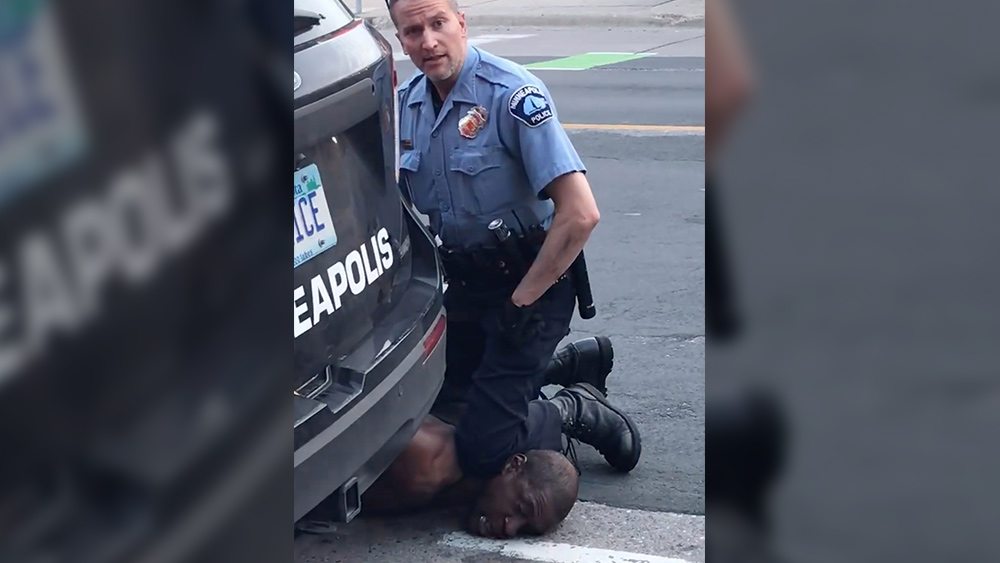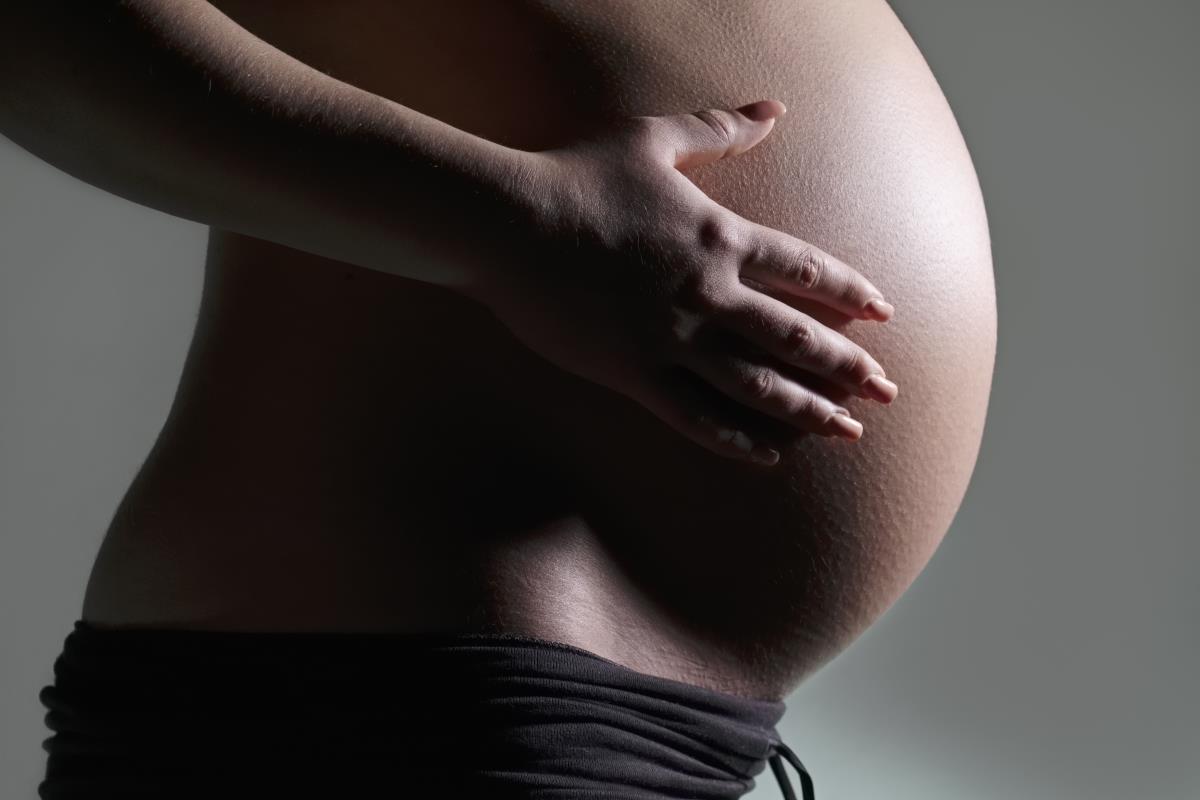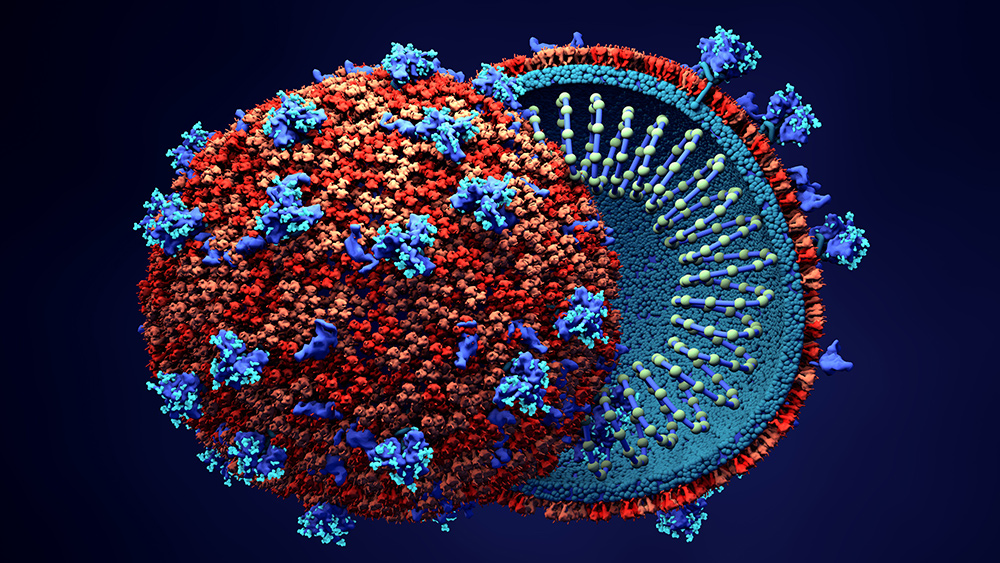India’s coronavirus caseload surges after lockdown
06/11/2020 / By Ralph Flores
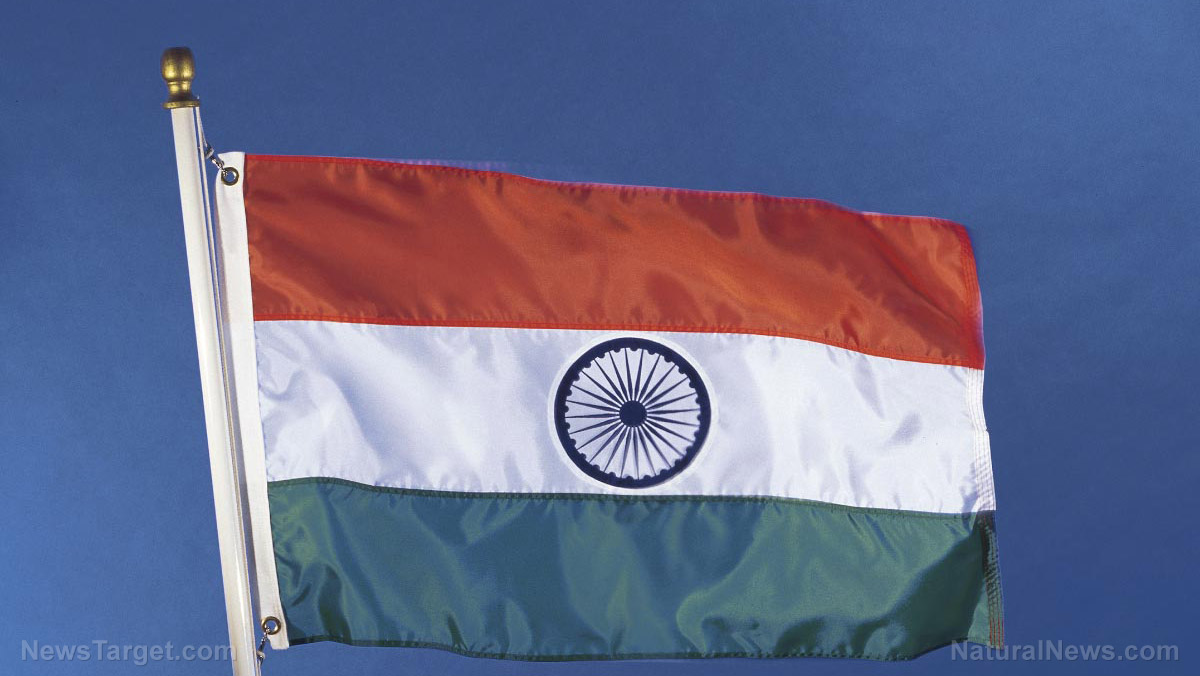
India reported 9,996 new coronavirus cases – as well as 357 deaths in 24 hours – on Wednesday. The figures bring the country’s total caseload to 276,583 and total deaths to 7,745, according to data from John Hopkins University.
Over the weekend, the number of infections in the country surpassed Spain’s to become the fifth-highest in the world. India is now only behind the United States and Brazil in terms of daily cases, with recent figures showing an average of nearly 10,000 new cases every day.
Government lifts restrictions
After placing the nation on lockdown in March, Prime Minister Narendra Modi moved to ease restrictions on May 31. This allowed people to dine out, shop in malls and pray at religious sites, provided they wore masks and observed social distancing. Hotels remain closed, however, as the government requires them to serve as temporary hospitals or quarantine facilities.
Movie theaters and gaming arcades also remain closed, even as malls reopen. In some states, people are barred from trying on clothes in shops. Meanwhile, schools and colleges are still closed across the country.
Mumbai, the country’s financial center, has reopened. The city is currently the country’s coronavirus epicenter, housing over a fifth of all cases in India. While malls and religious sites remain closed in Mumbai, stores are now allowed to open on alternate days. Public transportation, however, are still unavailable.
But despite the restrictions, locals still flocked Marine Drive, a popular shopping district, on Sunday.
Major cities are struggling to cope
Aside from Mumbai, the capital city of Delhi has also reported a surge in coronavirus cases. In fact, the virus has infected top government officials, causing major government agencies to close its doors.
The city’s healthcare system is starting to buckle under the strain. City officials are starting to convert hotels and community centers into coronavirus wards, as hospitals are running out of beds. In morgues and crematories, bodies are piling up, a sign that the facilities are now stretched beyond capacity.
Public health experts are particularly concerned. They warn that infections in the city have not yet peaked, and they expect the numbers to rise in the coming weeks. According to Deputy Chief Minister Manish Sisodia, the city’s total caseload is bound to exceed 550,000 by the end of July.
In a statement over the weekend, Arvind Kejriwal, the Delhi’s chief executive, announced that hospitals will only treat residents from metropolitan Delhi, or the National Capital Territory. While the order was revoked on Monday, it painted a clear picture of the looming crisis in the capital city.
If the government fails to head off the infection in the cities, medical experts fear that the contagion may spread into rural areas, where healthcare systems are even weaker.
“In these big cities there is at least some infrastructure and you are seeing some data. We will never get accurate data for the rest of the country,” explained Dr. Harjit Singh Bhatti, president of the think tank Progressive Medicos and Scientists Forum.
“It’s a very bleak picture. There seems to be no comprehension of the dangers that lie ahead.”
Bhatti also decried the lack of government action to ramp up testing and improve coronavirus response. Currently, only 10 percent of infections are tested, and testing is limited to those with severe infections. (Related: After enforcing the world’s most severe lockdown, is India ready to come out of it?)
“The medical infrastructure was already broken. Now we want to cross the pandemic on this sinking ship,” Bhatti added.
As of Wednesday, Delhi has reported 32,810 confirmed cases and 984 deaths — up by 30 percent from last week’s figures.
Learn more about the Wuhan coronavirus at Pandemic.news.
Sources include:
Tagged Under: businesses, China, Collapse, coronavirus, covid-19, economy, financial crisis, government, healthcare, India, infections, lockdown, lockdowns, market crash, Narendra Modi, outbreak, pandemic, quarantine, reopening, superbugs, virus

